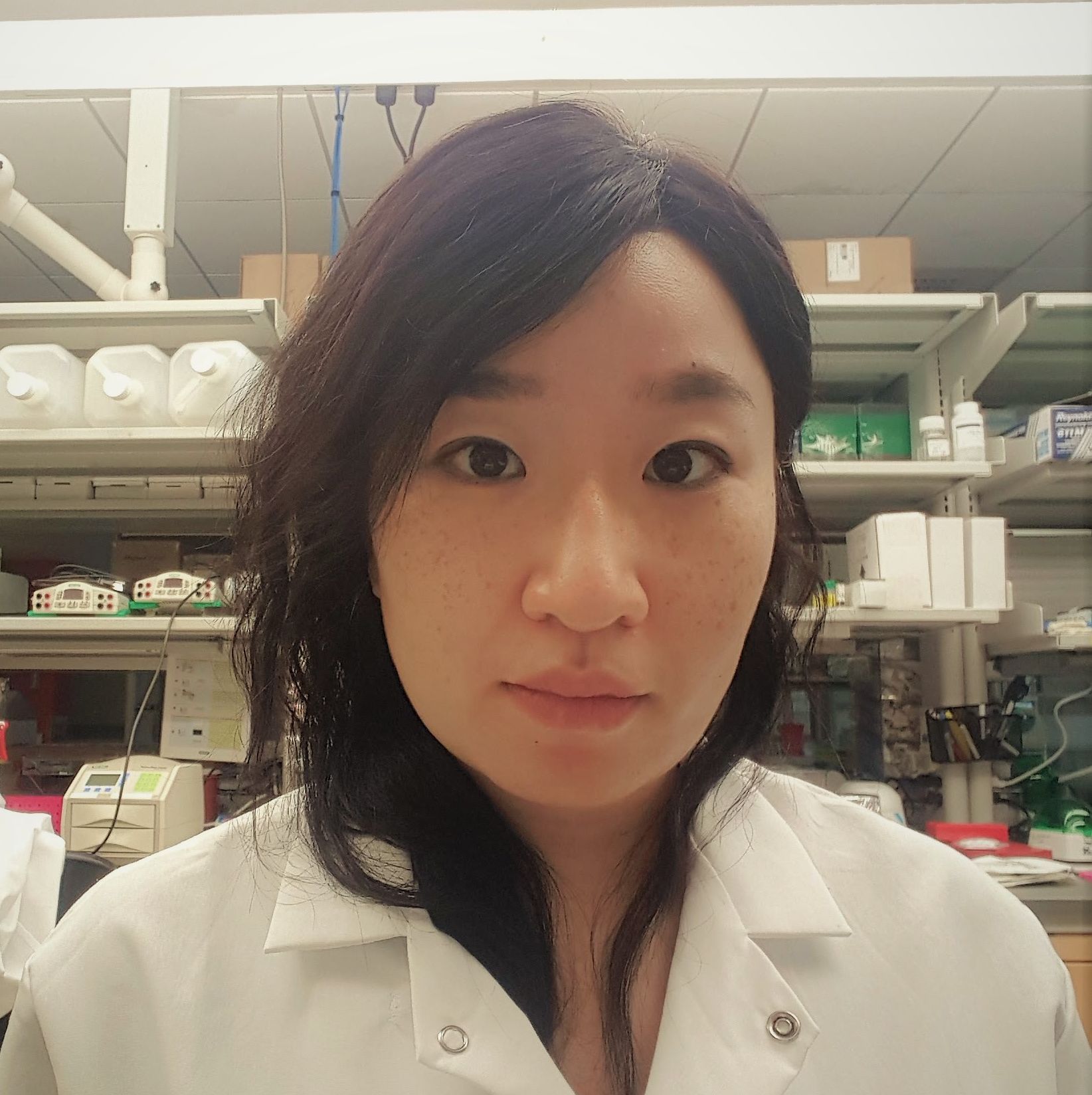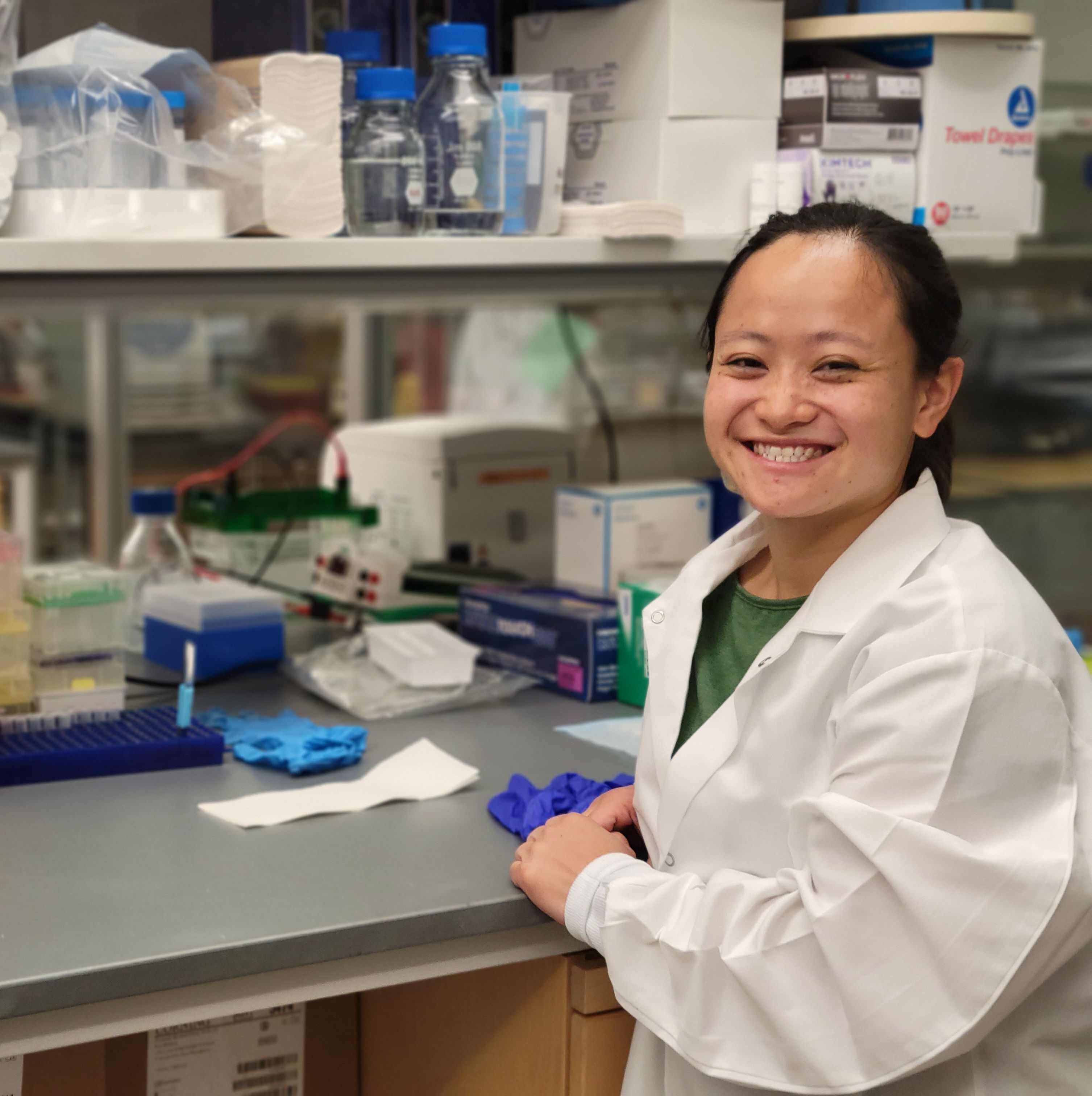Artificial intelligence-enabled automated analysis of transmission electron micrographs to evaluate chemotherapy impact on mitochondrial morphology in triple negative breast cancer
| Authors | Argenis Arriojas, Lily Baek, Mariah Berner, Alexander Zhurkevich, Antentor Hinton, Matthew D. Meyer, Lacey E. Dobrolecki, Michael T. Lewis, Kourosh Zarringhalam, Gloria Echeverria. |
|---|---|
| Journal | bioRxiv |
| DOI | 10.1101/2025.02.19.635300 |
Abstract
Mitochondrial dynamics play a crucial role in cancer cell metabolism and response to therapy, but quantitative analysis of mitochondrial morphology remains challenging due to the complexity and variability of these organelles. In this study, we developed an artificial intelligence (AI)-based computational pipeline for automated segmentation and morphological analysis of mitochondria in transmission electron micrographs (TEMs) of triple negative breast cancer (TNBC) cells. Using deep learning semantic segmentation techniques, our approach achieves high accuracy in identifying and delineating mitochondria across diverse cellular contexts. We applied this method to investigate mitochondrial morphological changes in TNBC cells in response to chemotherapy treatment, revealing significant alterations in size, shape, cristae architecture, and spatial distribution that correlate with treatment response and resistance development. Our results demonstrate that resistant cells exhibit distinct mitochondrial phenotypes characterized by increased networking, altered cristae density, and positional reorganization within the cell. The computational pipeline we developed provides a robust and objective methodology for quantitative analysis of mitochondrial morphology that can be applied to various experimental conditions and cell types. This approach enables new insights into the role of mitochondrial dynamics in cancer biology and therapy response, with potential implications for identifying novel therapeutic targets and biomarkers.
Key Points
- AI-based pipeline for automated mitochondrial segmentation in TEM images
- Quantitative analysis of mitochondrial morphology in TNBC cells
- Characterization of mitochondrial changes in response to chemotherapy
- Identification of distinct mitochondrial phenotypes in chemotherapy-resistant cells
- Open-source implementation for broad applicability in cancer research
Supporting Materials
Citation
@article{arriojas2025artificial,
title={Artificial intelligence-enabled automated analysis of transmission electron micrographs to evaluate chemotherapy impact on mitochondrial morphology in triple negative breast cancer},
author={Arriojas, Argenis and Baek, Lily M and Berner, Mariah J and Zhurkevich, Alexander and Hinton, Antentor Othrell Jr and Meyer, Matthew D and Dobrolecki, Lacey E and Lewis, Michael T and Zarringhalam, Kourosh and Echeverria, Gloria V},
journal={bioRxiv},
year={2025},
doi={10.1101/2025.02.19.635300}
}



